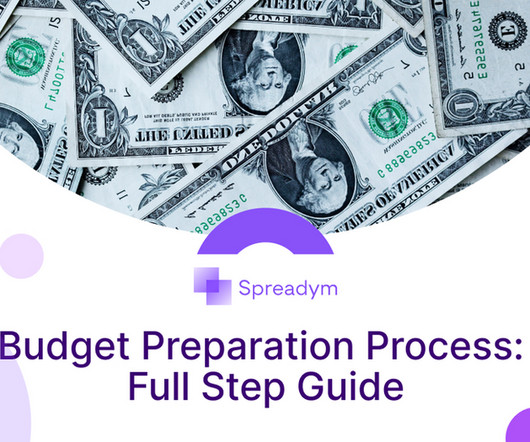How AI Improves Enterprise Risk Management (ERM)
The Finance Weekly
AUGUST 26, 2023
It is changing how businesses deal with Enterprise Risk Management (ERM), and AI algorithms can always watch for risks. AI can look at lots of data, find patterns, and predict risks. AI also does tasks automatically and saves time for risk managers. This helps lenders proactively tackle credit risks.















Let's personalize your content